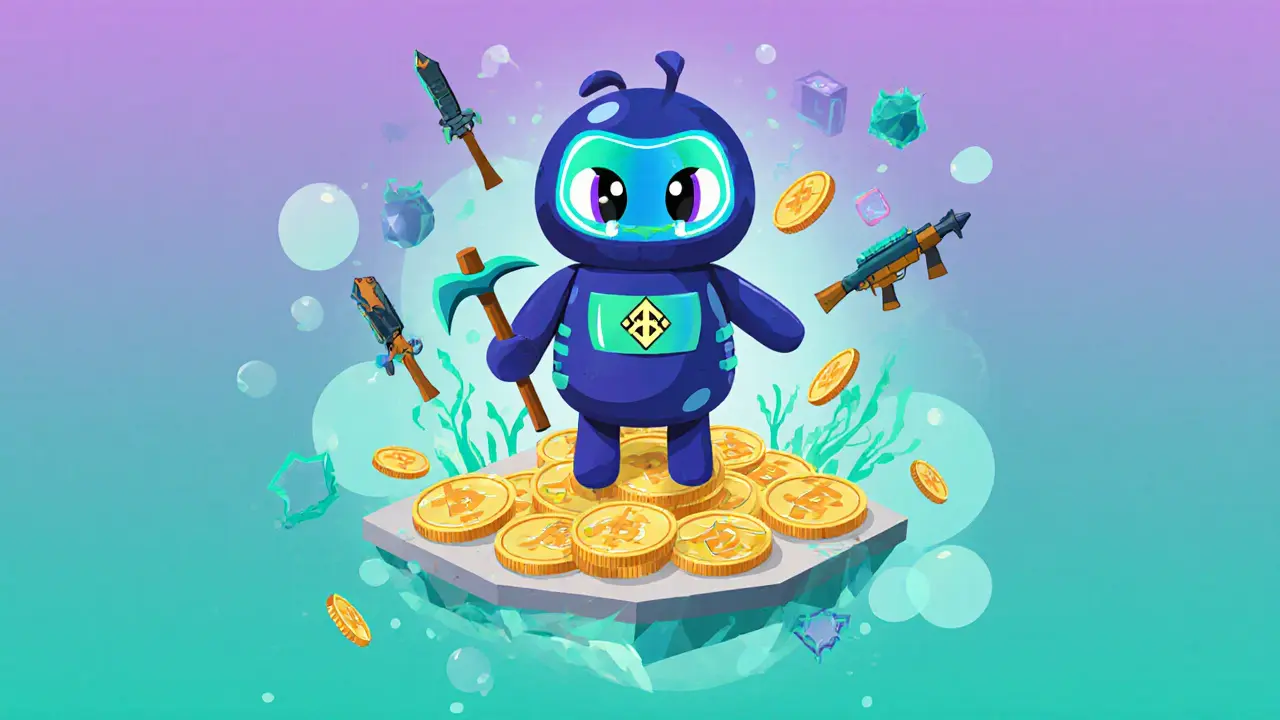Super Hero game NFT: What They Are, How They Work, and Where to Find Them
When you hear Super Hero game NFT, a digital asset tied to a blockchain-based game where characters or items represent unique, ownable heroes. Also known as NFT heroes, these aren't just pictures—they're your in-game power, your tradeable asset, and sometimes your only way to earn real rewards. Unlike regular video game skins, Super Hero game NFTs live on the blockchain. That means no developer can delete them, take them away, or shut down your access. You own them, period. And if the game is built right, you can sell them, trade them, or even use them across different games—though that last part is still rare.
Most Super Hero game NFTs come from play-to-earn models. You don’t just pay to play—you play to earn. Take Step Hero, a game that gave away $HERO tokens to users who completed walking challenges. It wasn’t a traditional superhero game, but it used NFTs as reward triggers. That’s the pattern: complete tasks, earn tokens, unlock better heroes. Other games like OneRare, a Web3 food-themed game, used NFTs as ingredients you needed to start playing. Super Hero game NFTs follow the same logic: you need the right hero to access levels, battles, or rewards. But here’s the catch—most of them don’t last. Over 80% of NFT games die within a year. Why? No real players, no real economy, or just bad design.
What makes a Super Hero game NFT worth your time? Three things: utility, scarcity, and community. Utility means the hero does something useful—like boosting your stats, unlocking special moves, or letting you earn more. Scarcity means only a limited number exist, so they hold value. Community means people still trade them, talk about them, and build around them. Look at the ones that survived: they didn’t rely on hype. They gave players real reasons to stick around. And they didn’t ask you to pay upfront. The best ones let you earn your hero, not buy it.
Right now, the market is full of dead projects. You’ll find plenty of Super Hero game NFTs with zero trading volume, fake teams, and no updates. But a few still have legs. The ones that do usually tie into bigger ecosystems—like games built on Celo or Blast, where low fees and mobile-friendly design keep users active. They also avoid the trap of promising riches. Instead, they focus on fun, consistent rewards, and real player feedback.
What you’ll find below are real reviews of NFT games that actually did something—with results. Some gave out tokens. Others built communities. A few turned out to be scams. We didn’t just list them. We checked the data: trading volume, user activity, team transparency, and whether the game still works today. No fluff. No hype. Just what’s real.
NBOX NFT Giveaway: How to Join the Super Hero Game Airdrop and Claim Your Rewards
Learn how to join the NBOX Super Hero Game NFT airdrop, what rewards you can claim, and how to avoid scams. Step-by-step guide for beginners to earn free NFTs and tokens.
Details +